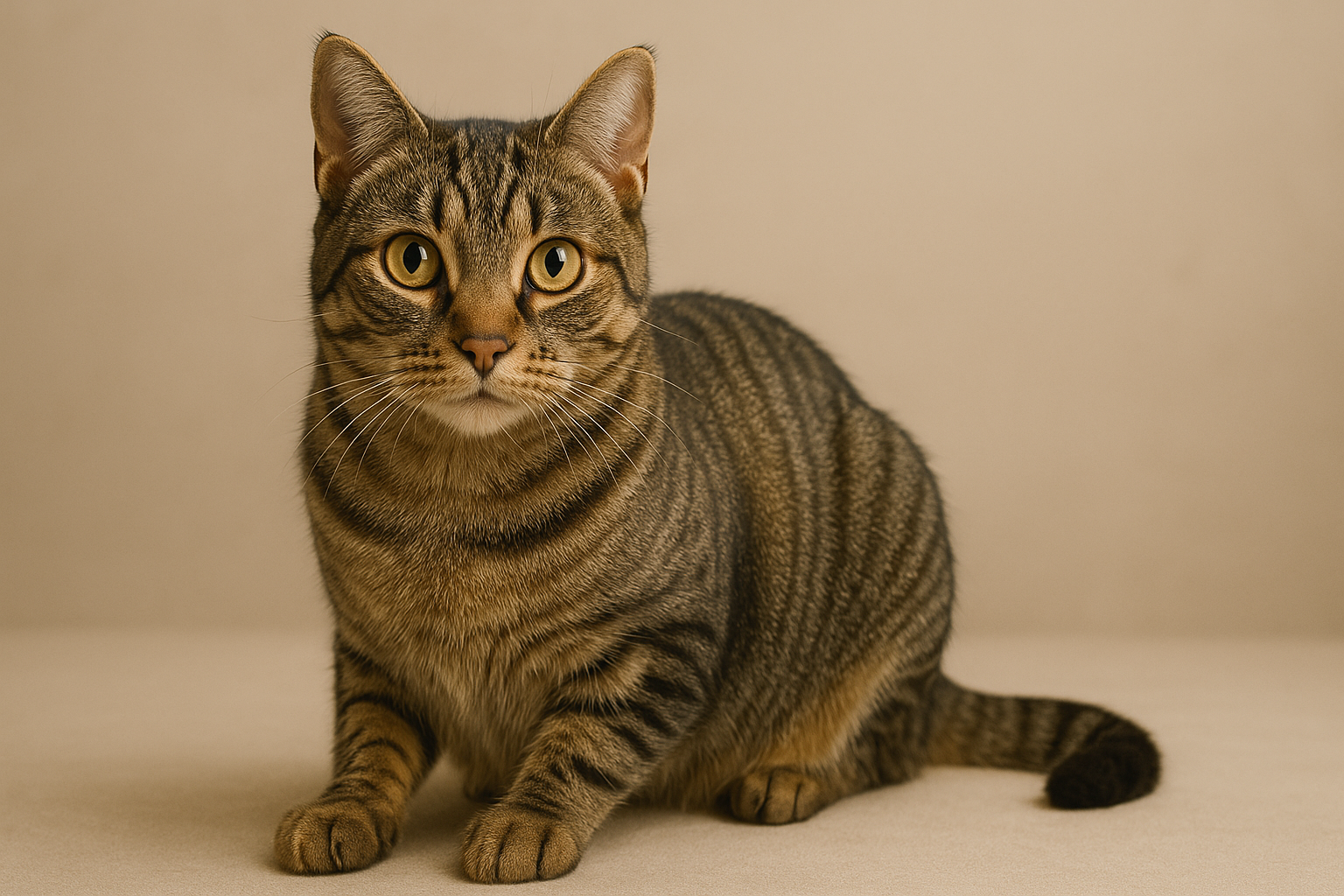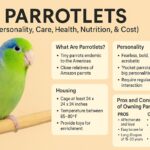Domestic Shorthair cats represent the most common type of cat found in homes across North America and beyond. These cats, often referred to simply as DSH, account for approximately 95% of the cat population in the United States. Unlike pedigreed cats with carefully tracked lineages, Domestic Shorthairs are cats without intentional breeding for specific traits. Their lack of a consistent appearance differentiates them from purebred cats that conform to specific standards.
These everyday felines have become staples in households worldwide thanks to their adaptability, varied personalities, and relatively low maintenance requirements. While they might not have the exotic allure or distinctive traits of purebred varieties, their genetic diversity often contributes to better health and longer lifespans.
The Rich History of Domestic Shorthair Cats
The story of Domestic Shorthair cats intertwines with human history itself. These cats descended from European cats that traveled to North America with early settlers3. Their primary purpose was practical – to protect valuable cargo from mice and rats during long sea voyages. The cats that arrived on ships like the Mayflower with the Pilgrims served essential roles in both maritime and colonial pest control3.
Upon reaching the New World, these working cats interbred and gradually developed characteristics that helped them adapt to their new environments and climate. This natural evolution, rather than controlled breeding programs, shaped what we now recognize as the Domestic Shorthair.
It’s important to note the distinction between the Domestic Shorthair and the American Shorthair, which causes confusion for many cat owners. While Domestic Shorthairs are random-bred cats without pedigrees, the American Shorthair is a specific pedigreed breed developed through selective breeding programs established in the early 20th century.
The American Shorthair was originally known as the Domestic Shorthair until 1966 when the name changed to better represent its “all-American” origins and distinguish it from other short-haired breeds.
Cat fancying is relatively new in historical terms, with over 85% of cat breeds coming into existence only since the 1930s. This explains why most cats worldwide, including Domestic Shorthairs, lack pedigree ancestry. In the United Kingdom, research indicates that 89-92% of cats come from non-pedigree lineage.
Physical Characteristics
One of the most remarkable aspects of Domestic Shorthair cats is their incredible variety in appearance. Without strict breeding standards directing their development, these cats display an astonishing range of colors, patterns, and physical structures.
Domestic Shorthair cats typically stand 8-10 inches in height and weigh between 12-15 pounds, though individual cats may fall outside these ranges. Males generally grow larger than females. Their bodies tend to be medium to large-sized, muscular, and well-proportioned.
The coat colors and patterns of Domestic Shorthairs seem almost limitless. They can be black, brown, blue, white, orange, red, tan, silver, or display various tabby patterns – essentially any color or combination found in the feline world. This diversity means no two Domestic Shorthairs look exactly alike, giving each cat its unique appearance and charm.
As their name suggests, these cats have short coats that are typically dense and smooth. Their coat length distinguishes them from their cousins, the Domestic Long-haired cats, which developed their longer coats possibly through recessive genetic mutations that proved beneficial in cooler European climates.
Temperament and Personality
Just as diverse as their appearances are the personalities of Domestic Shorthair cats. Generally speaking, these cats tend to be easygoing, lovable, and relatively adventurous. Their temperaments have been shaped by centuries of living alongside humans, making them well-adapted to family life.
Domestic Shorthairs are often described as friendly and loyal companions. They typically strike a good balance between independence and affection, neither too aloof nor too demanding of attention. This moderate temperament makes them particularly suitable for first-time cat owners who might feel overwhelmed by breeds with more extreme personality traits.
Intelligence features prominently in the Domestic Shorthair’s makeup. These cats typically show good problem-solving abilities and can learn household routines quickly. Their ancestors’ roles as working cats hunting rodents required intelligence and adaptability – traits that remain evident in today’s Domestic Shorthairs.
It’s worth noting that individual personality varies significantly among Domestic Shorthairs. Because of their mixed genetic background, predicting exact personality traits becomes impossible. Some may be more outgoing and playful, while others prefer quiet companionship. This variability means potential owners should spend time getting to know individual cats before adoption to find personalities that match their lifestyles.
Domestic Shorthairs as Family Pets
The adaptable nature of Domestic Shorthair cats makes them excellent companions for various household situations. Unlike some cat breeds that become stressed around children, Domestic Shorthairs typically handle family life well. Their easy-going temperament helps them cope with the noise and activity levels in busy households.
When properly socialized, Domestic Shorthairs usually interact well with children. If a child becomes too rough during play, these cats generally prefer to simply walk away rather than becoming aggressive. This natural conflict-avoidant behavior makes them safer pets for families with young children, though adult supervision during pet-child interactions always remains important.
Domestic Shorthairs also typically adapt well to living with other pets. Their brave nature compared to many purebred cats helps them adjust to multi-pet households. Early socialization greatly improves the chances of harmonious relationships between cats and other animals in the home.
However, caution proves necessary with small pets like birds, guinea pigs, or rabbits. The hunting instinct remains strong in many Domestic Shorthairs, and they may view smaller animals as prey. Similarly, introductions to dogs require careful management to ensure the safety of the cat during the adjustment period.
The versatility of Domestic Shorthairs extends to living arrangements as well. They adapt to various home types, from spacious houses to smaller apartments, as long as their basic needs for exercise, stimulation, and rest areas are met.
Care Requirements
One of the many appeals of Domestic Shorthair cats is their relatively low maintenance needs compared to some purebred varieties. Still, they require proper care to ensure their health and happiness.
Grooming for Domestic Shorthairs remains straightforward due to their short coats. A weekly brushing session using a soft-bristle brush or grooming glove suffices for most cats7. This regular grooming helps remove loose hair, reduces shedding around the home, and prevents hairballs. Grooming sessions also provide excellent opportunities to check for skin issues, clean ears, and trim nails.
Dental care deserves attention in any cat care routine. Regular teeth cleaning helps prevent periodontal disease and other dental issues that can affect overall health. Veterinary dental checkups should complement at-home care.
Exercise plays a crucial role in keeping Domestic Shorthairs healthy, particularly for indoor cats that might otherwise become sedentary. Interactive play using toys like feather wands, laser pointers, or even simple homemade toys like crumpled paper balls provides both physical exercise and mental stimulation8. Rotating toys regularly helps maintain the cat’s interest and engagement.
Mental stimulation proves just as important as physical exercise for these intelligent cats. Puzzle feeders that dispense treats or kibble when the cat manipulates them provide excellent cognitive challenges. Vertical spaces like shelves and cat trees enable natural climbing behaviors while creating more territory in limited living spaces.
A window perch offers natural entertainment for indoor cats, allowing them to safely watch outdoor activities. This simple addition to your home can provide hours of stimulation for a curious Domestic Shorthair.
Health Concerns
While generally robust due to their genetic diversity, Domestic Shorthair cats can experience various health issues that owners should monitor. Understanding common problems helps ensure timely veterinary intervention when needed.
Inflammatory Bowel Disease (IBD) affects some Domestic Shorthairs, causing symptoms like vomiting, diarrhea, loose stools, and weight loss. Diagnosis may require intestinal biopsies or advanced imaging such as abdominal ultrasound. Treatment typically involves steroids and dietary changes to a bland gastrointestinal diet.
Hypertrophic cardiomyopathy presents another health concern for Domestic Shorthairs. This heart disease involves abnormal thickening of the heart muscle, potentially preventing proper blood filling and leading to heart failure or clot formation. Symptoms include shortness of breath, rapid breathing, and coughing. Treatment requires medication and sometimes surgery.
Obesity ranks among the most preventable yet common health problems in Domestic Shorthairs. Overweight cats face increased risks of developing diabetes, heart disease, and joint problems. A diet high in protein and low in carbohydrates helps reduce obesity risk, but owners should consult veterinarians for personalized dietary recommendations.
Regular veterinary checkups remain essential for early detection of these and other health issues. Preventative care, including vaccinations and parasite control, helps maintain overall health and extends lifespan.
Lifespan and Aging
Domestic Shorthair cats typically enjoy relatively long lifespans compared to many other pets. On average, these cats live around 15 years, though many reach 20 years or beyond with proper care. The oldest cat ever recorded, according to Guinness World Records, was a Domestic Shorthair.
Several factors influence a cat’s longevity. Environmental considerations play major roles in determining how long a Domestic Shorthair might live. Research from UC Davis Veterinary Medicine found that while indoor cats typically live 10-15 years, outdoor cats have significantly shorter lifespans of just 2-5 years.
This dramatic difference stems from numerous hazards outdoor cats face, including traffic accidents, fights with other animals, exposure to infectious diseases, potential poisoning from plants or substances like rat bait, disorientation leading to getting lost, theft, and accidental confinement in structures like garages or sheds.
Indoor living clearly promotes longer life for Domestic Shorthairs, but quality of life matters too. Indoor cats need sufficient space, enrichment, and exercise opportunities to thrive both physically and mentally.
Diet quality significantly impacts longevity as well. High-quality commercial cat foods formulated for the cat’s specific life stage provide the necessary nutrients in appropriate amounts. Fresh water should always be available, and treats should remain occasional rather than regular parts of the diet.
As Domestic Shorthairs age, their care needs evolve. Senior cats may require more frequent veterinary visits, adjusted diets, and accommodations for decreased mobility or sensory changes. Providing comfortable resting places, easily accessible litter boxes, and gentle play opportunities helps senior cats maintain quality of life in their golden years.
Adoption and Costs
Adopting a Domestic Shorthair cat typically proves straightforward and affordable compared to acquiring purebred cats. Their abundance in animal shelters across North America means potential owners usually find numerous cats to choose from, with varying ages, colors, and personalities.
Animal shelters, rescue organizations, and sometimes even local classified ads offer opportunities to adopt Domestic Shorthairs in need of homes. Adoption fees generally range from $50-$200, typically covering initial vaccinations, spaying/neutering, and sometimes microchipping. This represents significant savings compared to purebred cats that may cost $500-$2000 or more.
Beyond adoption costs, prospective owners should consider ongoing expenses. Annual veterinary care, including checkups and vaccinations, food, litter, toys, and potential emergency medical care contribute to the lifetime cost of cat ownership.
The financial accessibility of Domestic Shorthairs, combined with their generally good health and adaptable natures, makes them excellent choices for many potential cat owners. Their widespread availability in shelters also gives adopters the satisfaction of providing homes to cats in need rather than contributing to breeding demand.
Conclusion
Domestic Shorthair cats represent the quintessential feline companions that have shared our homes and lives for generations. Their varied appearances, adaptable personalities, and relatively low maintenance requirements have secured their position as America’s most popular cats.
The lack of breed-specific health issues, combined with the genetic diversity that contributes to their hardiness, makes Domestic Shorthairs a practical choice for many households. Their typically friendly and moderate temperaments suit them to various living situations, from quiet single-person homes to busy family environments.
For anyone considering adding a feline companion to their household, Domestic Shorthair cats offer the perfect combination of accessibility, adaptability, and affection. These everyday cats may not have the exotic appeal of rare breeds, but their charm, personality, and loyalty have earned them places in millions of hearts and homes across the world.
- Parrotlets (Personality, Care, Health, Nutrition, & Cost) - June 20, 2025
- Caique (Personality, Care, Health, & Nutrition) - June 20, 2025
- The Complete Guide to Golden Retrievers - June 9, 2025















